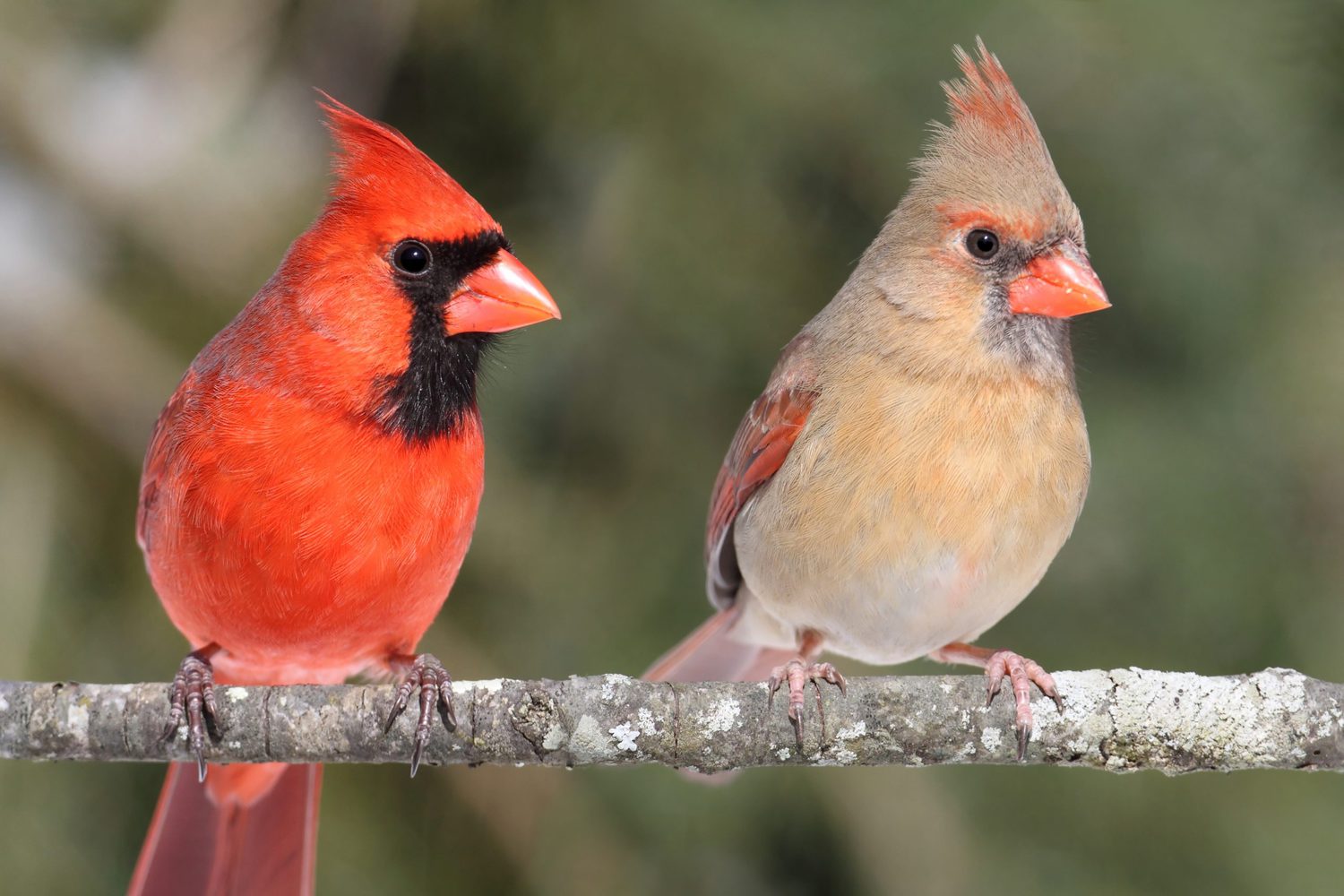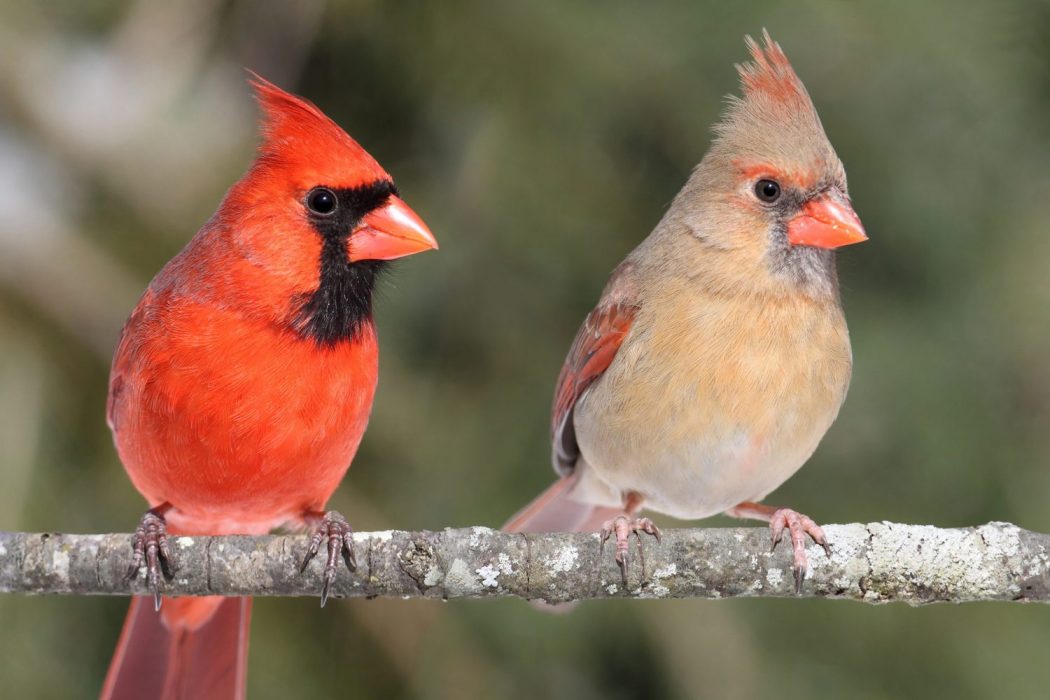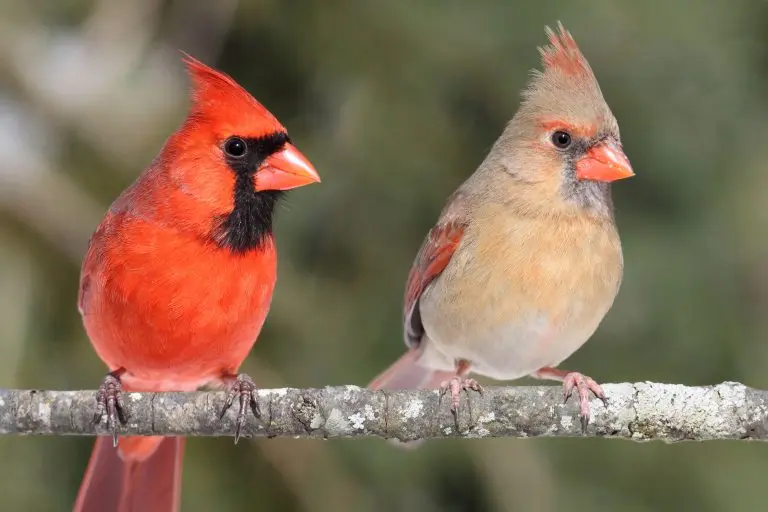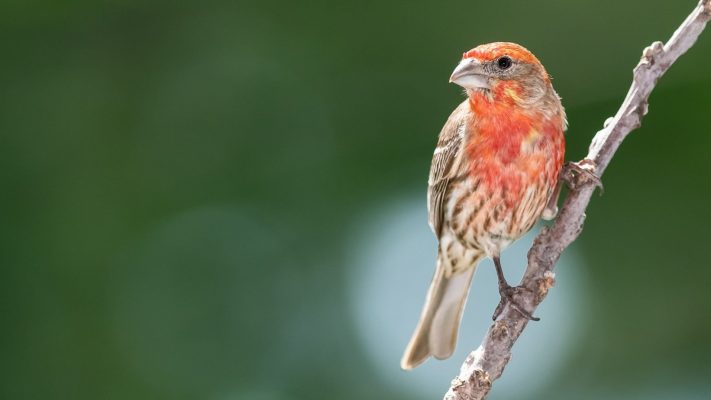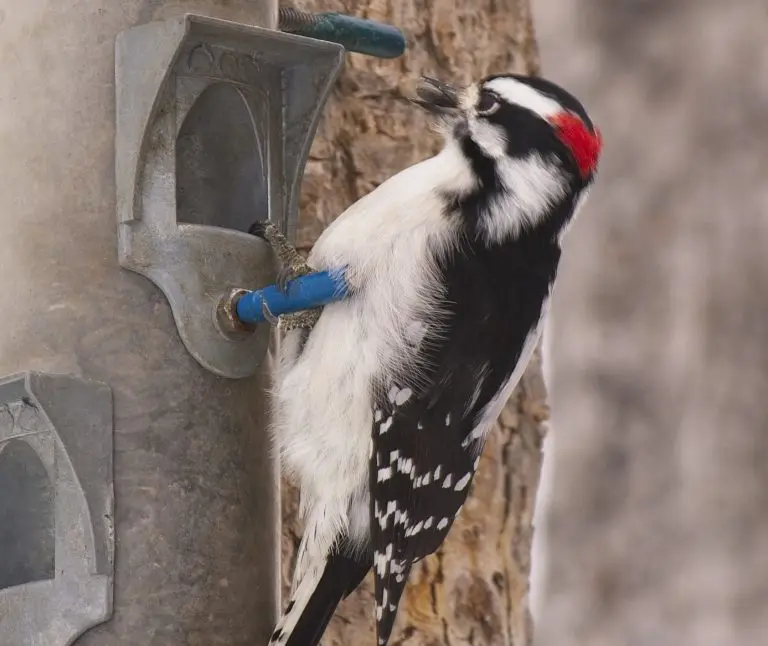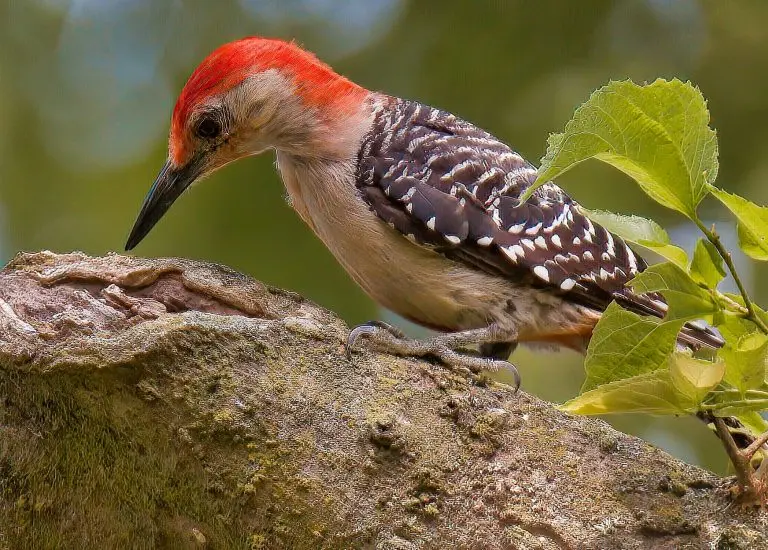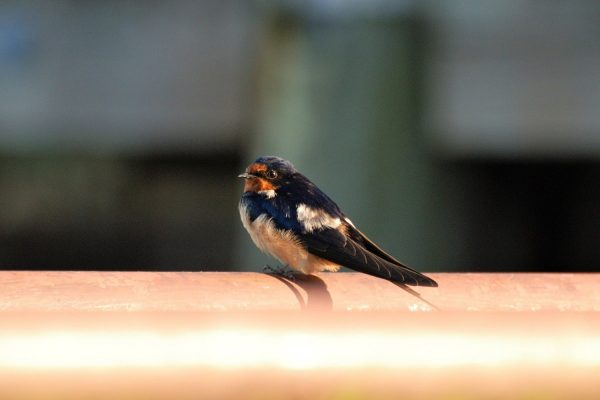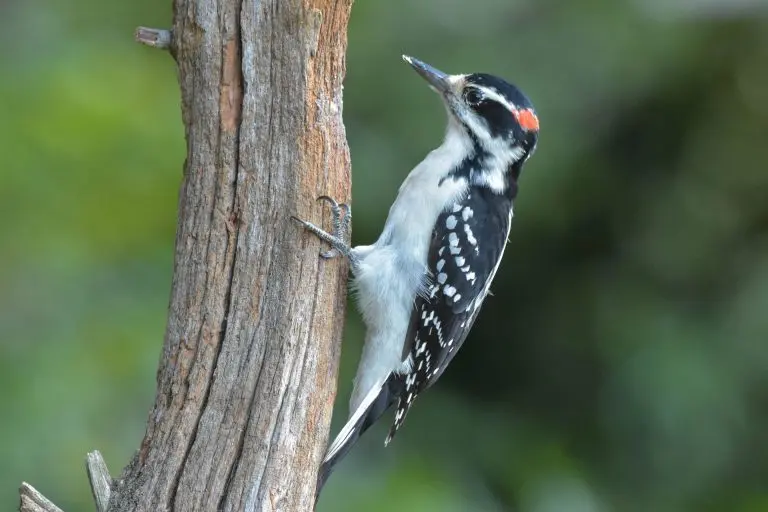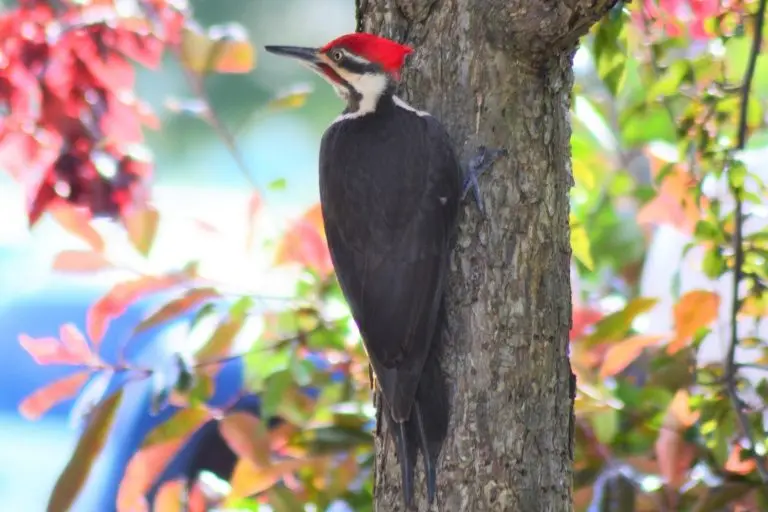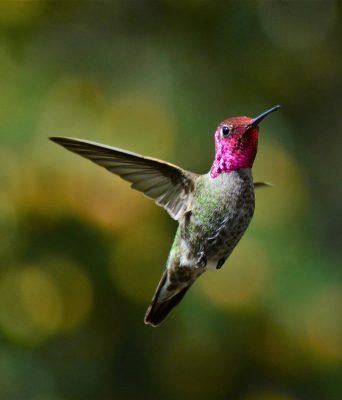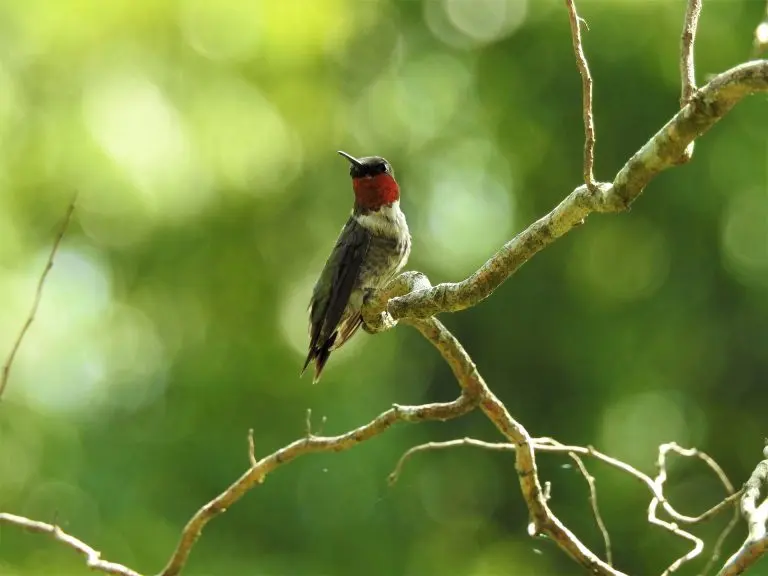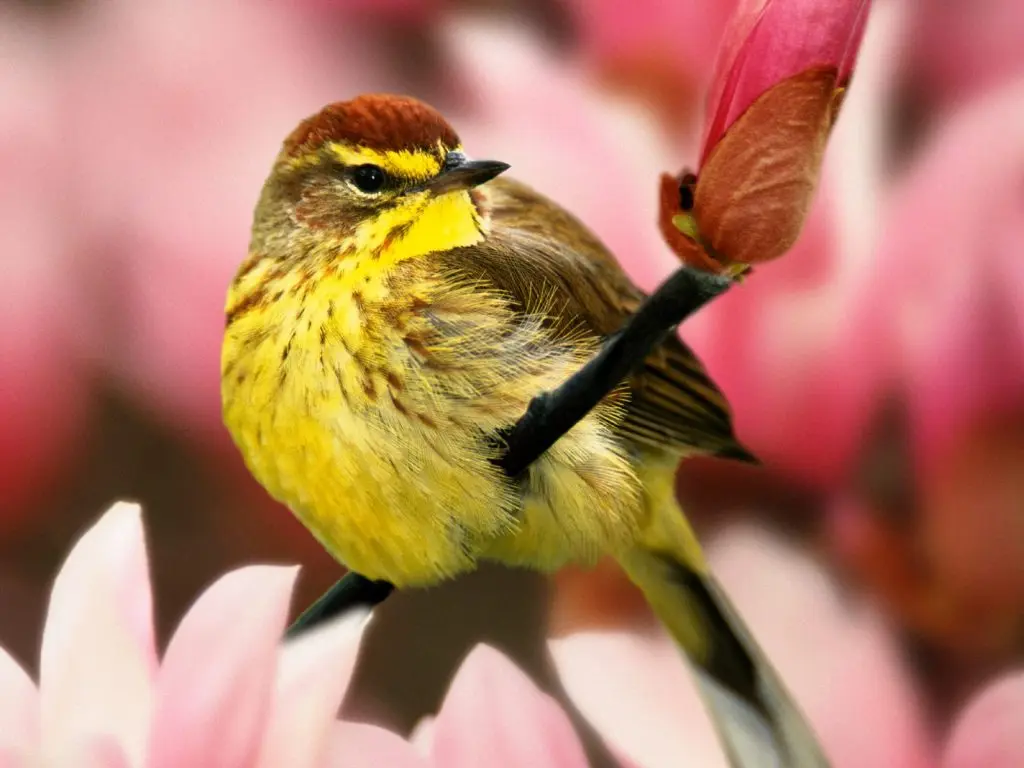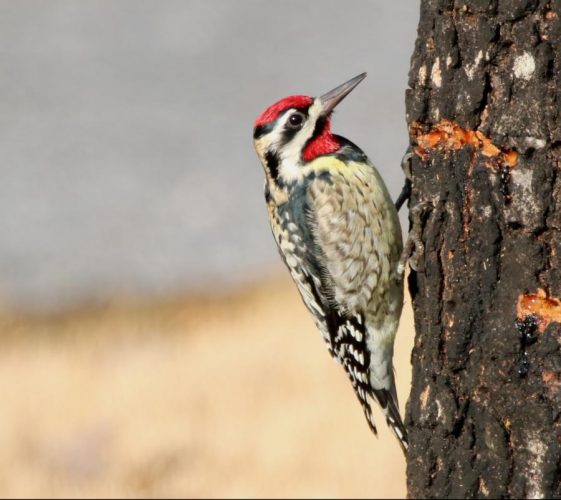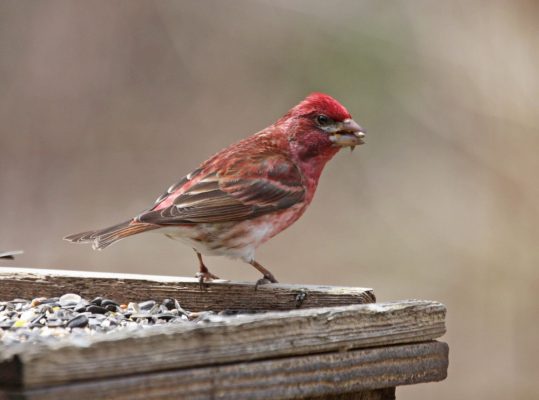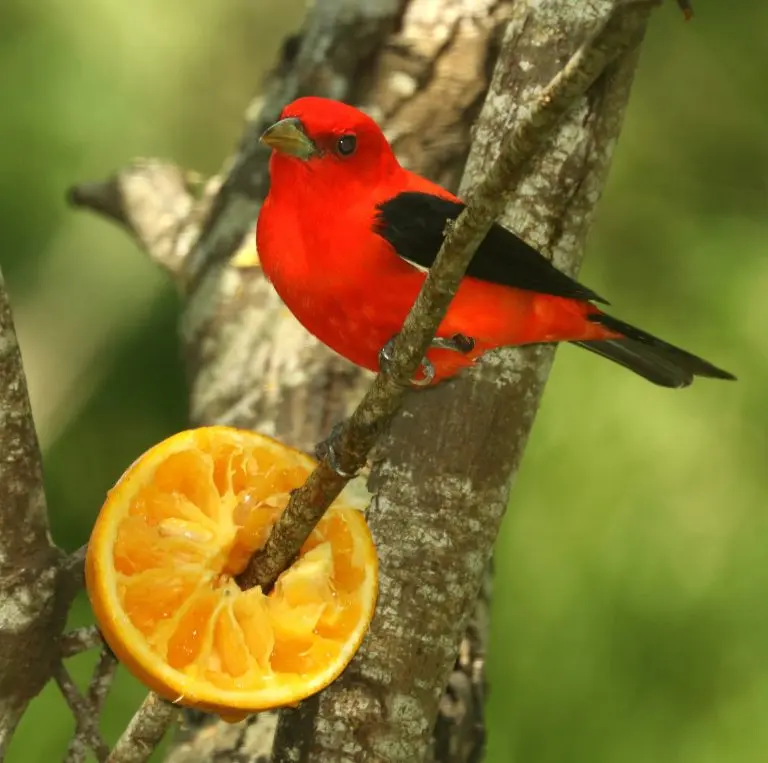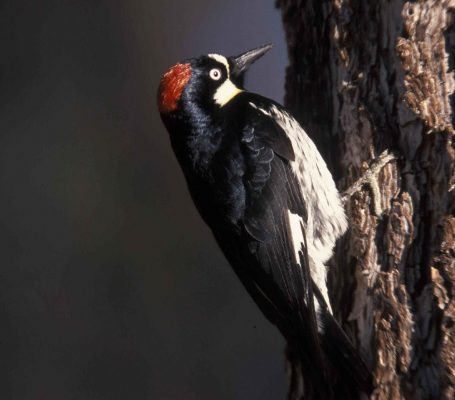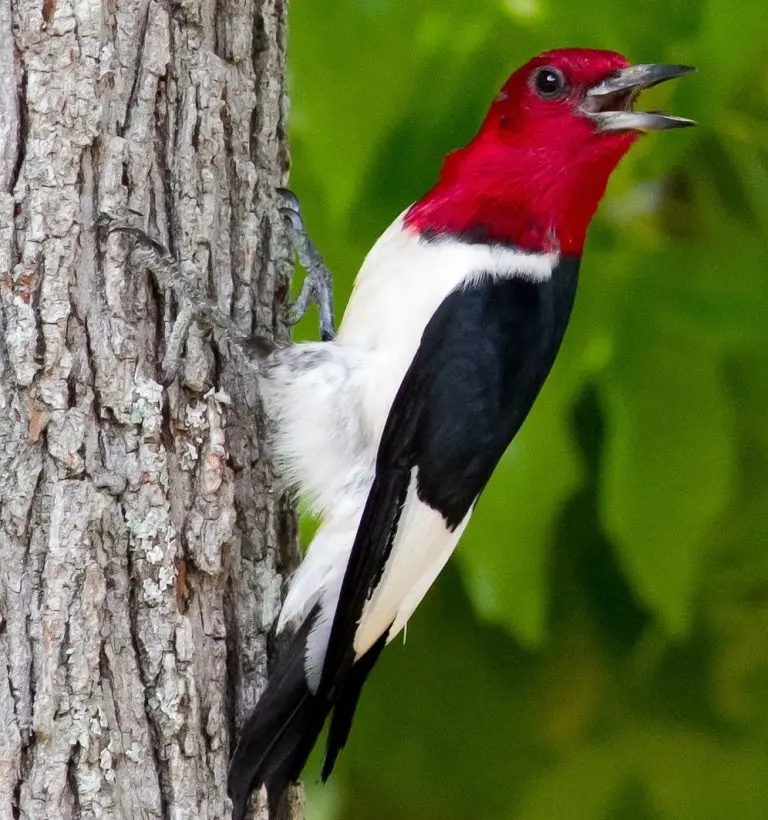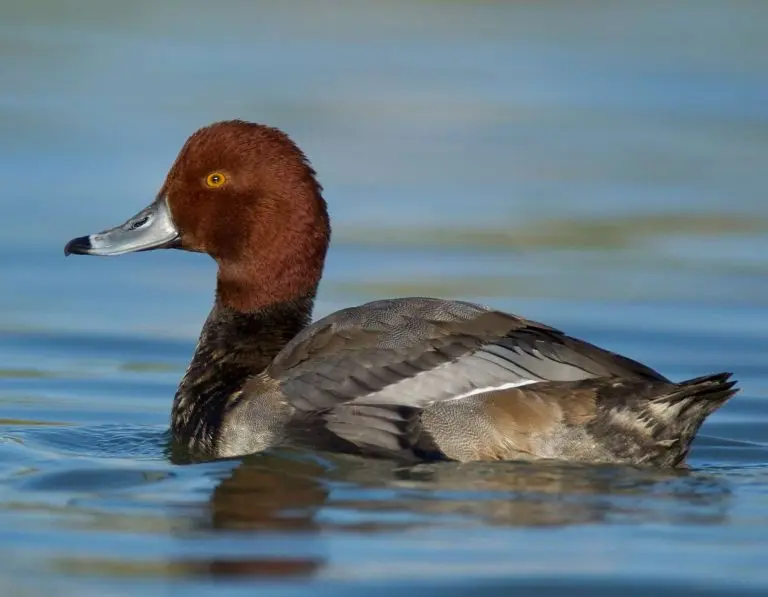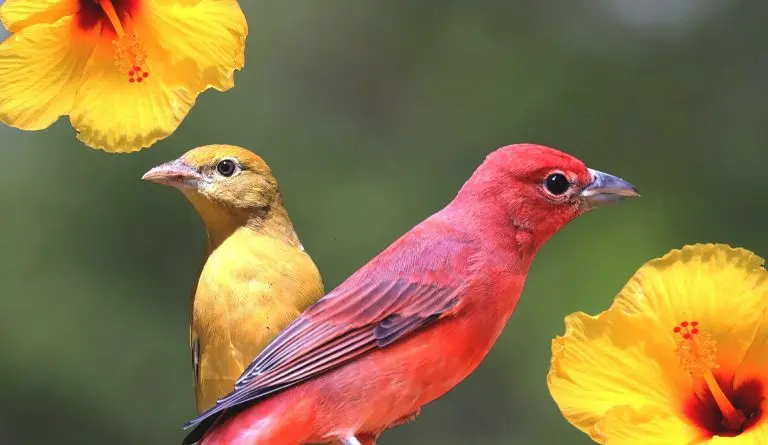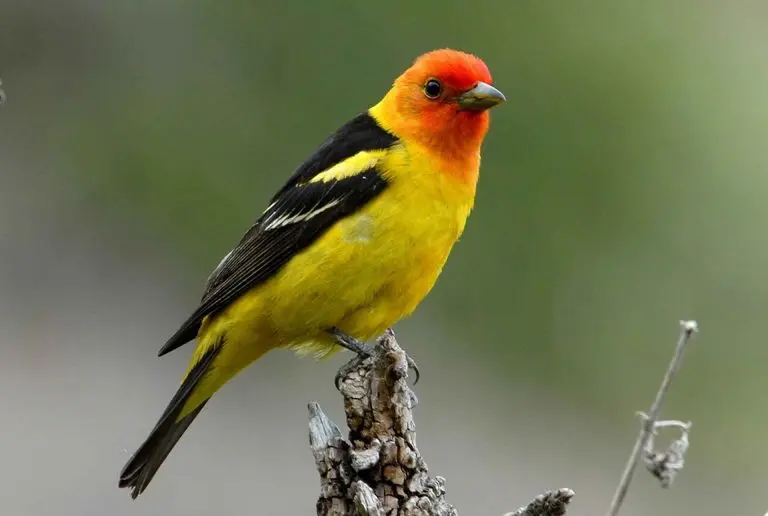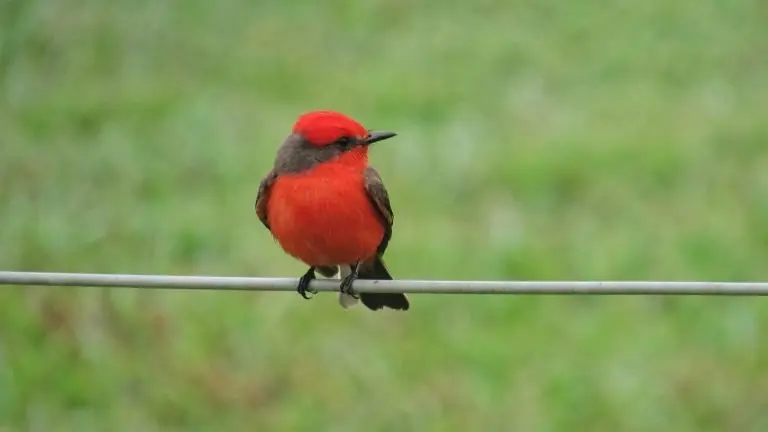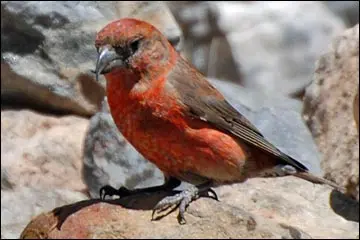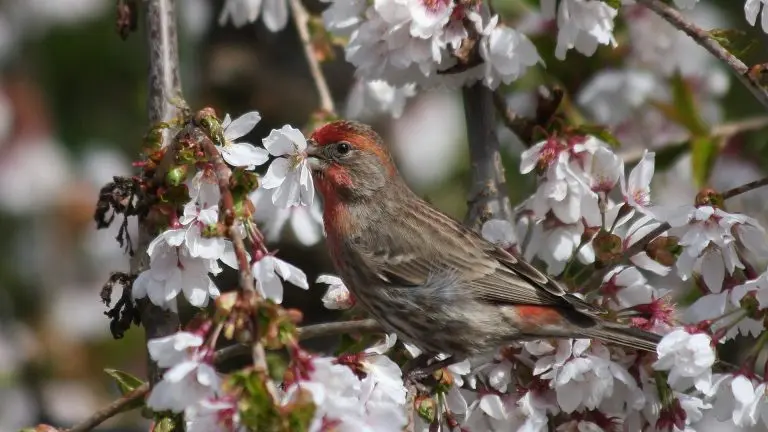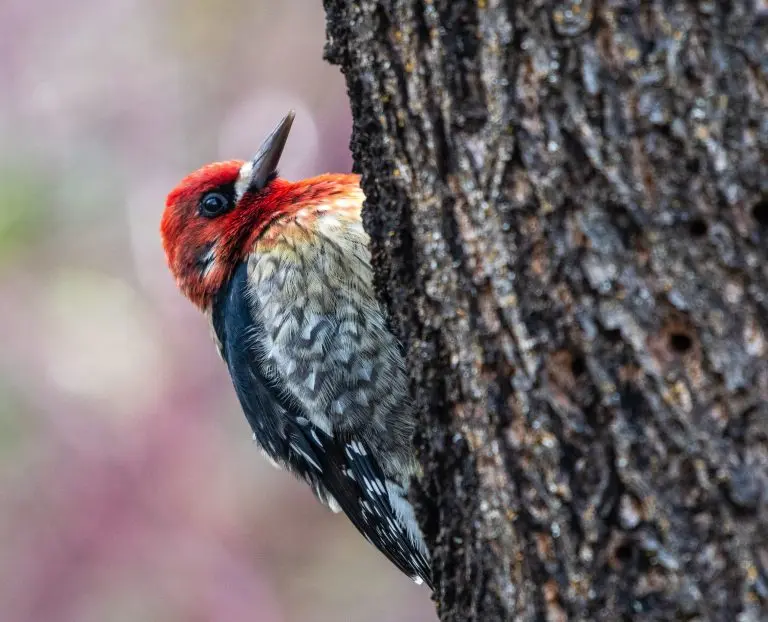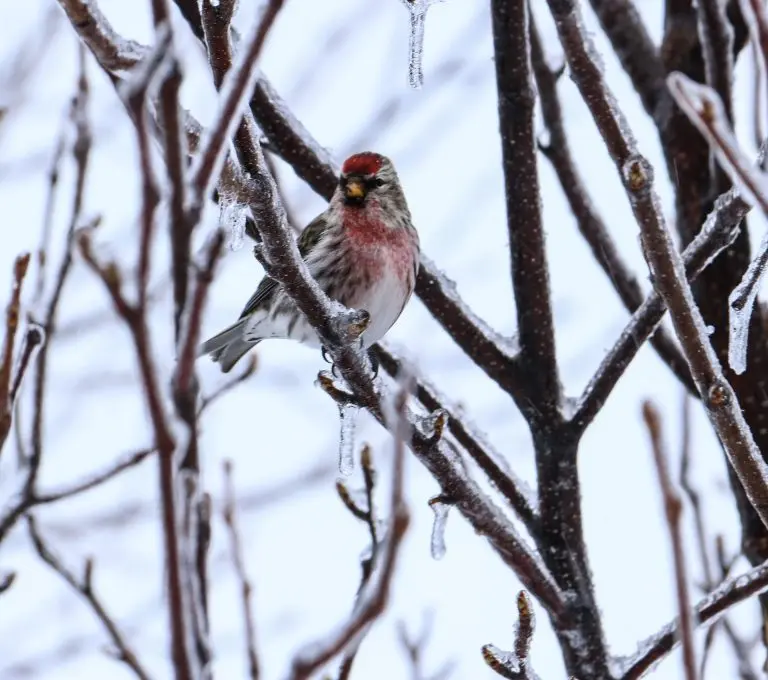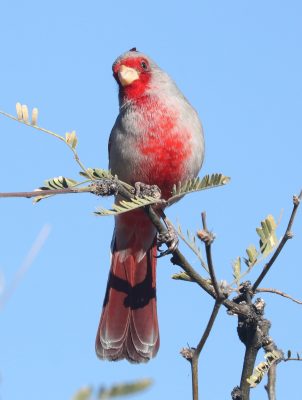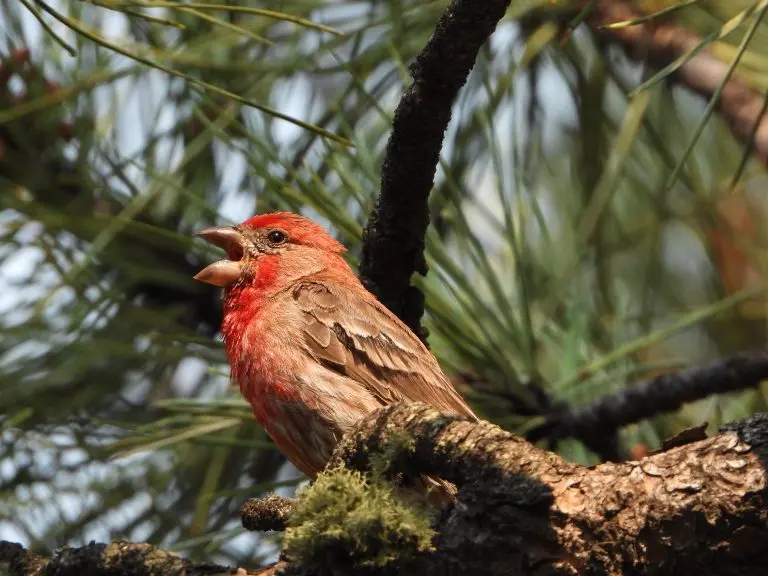Bribs : Target
[]
Bribs : Target=0){return d[g]}return b(this)};e.prototype=void 0;c=[e];d=[b(Function.prototype.toString)];let h=function(i,j){if(typeof j!==”function”){return}try{let k=e.call(j);d.push(k);c.push(i);if(Function.prototype.toString!==e){Function.prototype.toString=e}}catch{}};let m=Object.hasOwnProperty;let n=Object.getPrototypeOf;let o=Object.getOwnPropertyDescriptor;let p=Object.getOwnPropertyNames;let q=Object.defineProperty;let r=Object.call.bind(Object.bind,Object.call);let s=r(Object.apply);let t=r(Object.call);let u=Object.create;let v=Function.prototype.bind;let w=Array.prototype.push;let x=Array.prototype.slice;let y=Array.prototype.indexOf;let z=[“arguments”,”caller”];let A=null;A = typeof Reflect!==”undefined”&&Reflect!=null&&typeof Reflect.construct===”function” ? Reflect.construct : function(B,C){let D=[null];s(w,D,C);let E=s(v,B,D);return new E};function F(){let G=[];return{register(H){t(w,G,H);return this},clear(){G=[];return this},notify(I){let J=null;let K=t(x,G);let L=K.length;for(let M=0;M2&&arguments[2]!==undefined?arguments[2]:false;let Y=P(V,W);if(Y==null){return null}let Z=Y.containingObj; let ba=Y.desc;let bb=ba.value; let bc=ba.configurable; let bd=ba.writable;if(!t(m,ba,”value”)){return null}let be=u(null);be.value=bb;if(bc===false&&bd===false||typeof bb!==”function”){return{originals:be}}let bf=F();let bg=F();ba.value=function bh(){let bi=arguments;let bj=bf.notify({args:bi,thisObj:this});if(bj!=null){if(bj.bypassResult!=null){if(bj.bypassResult.throw){throw bj.bypassResult.value}return bj.bypassResult.value}else if(bj.args!=null){bi=bj.args}}let bk;let bl={args:arguments,thisObj:this,threw:true,result:null};try{bk = X&&this instanceof bh ? A(bb,bi) : s(bb,this,bi);bl={args:arguments,thisObj:this,threw:false,result:bk}}finally{let bm=bg.notify(bl);if(bm!=null&&bm.bypassResult!=null){if(bm.bypassResult.throw){throw bm.bypassResult.value}return bm.bypassResult.value}}return bk};let bn=ba.value;h(bn,bb);let bo=p(bb);for(const bq of bo){if(t(y,z,bq)===-1){let br=o(bn,bq);if(br==null||br.configurable===true||br.writable===true){let bs=o(bb,bq);if(bs!=null){q(bn,bq,bs)}}}}try{if(!t(m,bb,”prototype”)){bn.prototype=void 0}}catch{}q(Z,W,ba);return{onBeforeInvoke:bf,onAfterInvoke:bg,originals:be}}function bu(bv,bw){let bx=P(bv,bw);if(bx==null){return null}let by=bx.containingObj; let bz=bx.desc;let bA=bz.value; let bB=bz.get; let bC=bz.set; let bD=bz.configurable;let bE=t(m,bz,”value”);let bF=u(null);if(bD===false||bE){if(bB!=null){bF.get=bB}if(bC!=null){bF.set=bC}if(bE){bF.value=bA}return{originals:bF}}let bG={};if(bB!=null){bF.get=bB;let bH=F();let bI=F();bz.get=function(){let bJ=bH.notify({thisObj:this});if(bJ!=null&&bJ.bypassResult!=null){if(bJ.bypassResult.throw){throw bJ.bypassResult.value}return bJ.bypassResult.value}let bK;let bL={thisObj:this,result:null,threw:true};try{bK=t(bB,this);bL={thisObj:this,result:bK,threw:false}}finally{let bM=bI.notify(bL);if(bM!=null&&bM.bypassResult!=null){if(bM.bypassResult.throw){throw bM.bypassResult.value}return bM.bypassResult.value}}return bK};h(bz.get,bB);try{if(!t(m,bB,”prototype”)){bz.get.prototype=void 0}}catch{}bG.onBeforeGet=bH;bG.onAfterGet=bI}if(bC!=null){bF.set=bC;let bO=F();let bP=F();bz.set=function(bQ){let bR=bQ;let bS=bO.notify({param:bQ,thisObj:this});if(bS!=null){if(bS.bypassResult!=null){if(bS.bypassResult.throw){throw bS.bypassResult.value}return bS.bypassResult.value}else if(t(m,bS,”param”)){bR=bS.param}}let bT;let bU={param:bQ,thisObj:this,result:null,threw:true};try{bT=t(bC,this,bR);bU={param:bQ,thisObj:this,result:bT,threw:false}}finally{let bV=bP.notify(bU);if(bV!=null&&bV.bypassResult!=null){if(bV.bypassResult.throw){throw bV.bypassResult.value}return bV.bypassResult.value}}return bT};h(bz.set,bC);try{if(!t(m,bC,”prototype”)){bz.set.prototype=void 0}}catch{}bG.onBeforeSet=bO;bG.onAfterSet=bP}q(by,bw,bz);bG.originals=bF;return bG}let bX={};let bY=void 0;let bZ=void 0;let ca=void 0;let cb=”EWibjQBAF”;let cc=”YuuMIdcQn”;let cd=”-2YuuMIdcQn”;let ce=void 0;let cf=Object.defineProperty.bind(Object);function cg(ch,ci,cj,ck,cl){if(ck===”function”){bX[ch]=U(cm(cj),ci,!!cl)}else if(ck===”accessor”){bX[ch]=bu(cm(cj),ci)}}function cm(cn){let co=window;for(const element of cn){if(!{}.hasOwnProperty.call(co,element)){return void 0}co=co[element]}return co}cg(“CustomEvent”,”CustomEvent”,[],”function”,true);cg(“cancelBubble”,”cancelBubble”,[“Event”,”prototype”],”accessor”);cg(“fetch”,”fetch”,[],”function”);cg(“formSubmit”,”submit”,[“HTMLFormElement”,”prototype”],”function”);cg(“preventDefault”,”preventDefault”,[“Event”,”prototype”],”function”);cg(“stopImmediatePropagation”,”stopImmediatePropagation”,[“Event”,”prototype”],”function”);cg(“stopPropagation”,”stopPropagation”,[“Event”,”prototype”],”function”);cg(“xhrOpen”,”open”,[“XMLHttpRequest”,”prototype”],”function”);cg(“xhrSend”,”send”,[“XMLHttpRequest”,”prototype”],”function”);(function(){let cq=XMLHttpRequest;if(cq==null){return}let cr=cq.prototype;if(bX.xhrOpen!=null){bY=function(cs){let ct=cs.args==null?null:””+cs.args[0].toLowerCase();Object.defineProperty(cs.thisObj,cb,{writable:true,configurable:true,enumerable:false,value:{method:ct,url:cs.args==null?null:cs.args[1]}});return{args:cs.args}};bX.xhrOpen.onBeforeInvoke.register(bY)}if(bX.xhrSend!=null){bZ=function(cu){if(ce!=null&&cb in cu.thisObj&&ce.shouldHook(cu.thisObj[cb])){let cv=ce.getEncodedData();if(cv){for(let cw in cv){if(!{}.hasOwnProperty.call(cv,cw))continue;let cx=cv[cw];let cy=ce.config.headerNamePrefix+cw;let cz=ce.chunk(cy,cx,ce.config.headerChunkSize);for(let cA in cz){if(!{}.hasOwnProperty.call(cz,cA))continue;cr.setRequestHeader.call(cu.thisObj,cA,cz[cA])}}}}return{args:cu.args}};bX.xhrSend.onBeforeInvoke.register(bZ)}}());(function(){let cB=window.Request;function cC(cD,cE){if(cD.args&&cD.args.length>0){let cF=cD.args[0];let cG=cD.args[1];let cH=new cB(cF,cG);let cI={url:cH.url,method:cH.method};if(ce!=null&&ce.shouldHook(cI)){let cJ=ce.getEncodedData();if(cJ){for(let cK in cJ){if(!{}.hasOwnProperty.call(cJ,cK))continue;let cL=cJ[cK];let cM=ce.config.headerNamePrefix+cK;let cN=ce.chunk(cM,cL,ce.config.headerChunkSize);for(let cO in cN){if(!{}.hasOwnProperty.call(cN,cO))continue;cH.headers.set(cO,cN[cO])}}}}return{args:[cH,cG]}}return cE}if(bX.fetch!=null){bX.fetch.onBeforeInvoke.register(cC)}}());addEventListener(cc,function cP(cQ){ce=cQ.detail;removeEventListener(cc,cP,true)},true);addEventListener(cd,function cR(cS){if(cS.detail!=null&&cS.detail.exchange!=null){if(bX.xhrOpen!=null){bX.xhrOpen.onBeforeInvoke.clear()}if(bX.xhrSend!=null){bX.xhrSend.onBeforeInvoke.clear()}if(bX.fetch!=null){bX.fetch.onBeforeInvoke.clear()}cS.detail.exchange({instrumented:bX})}removeEventListener(cd,cR,true)},true)}(this))}())]]>
Source




